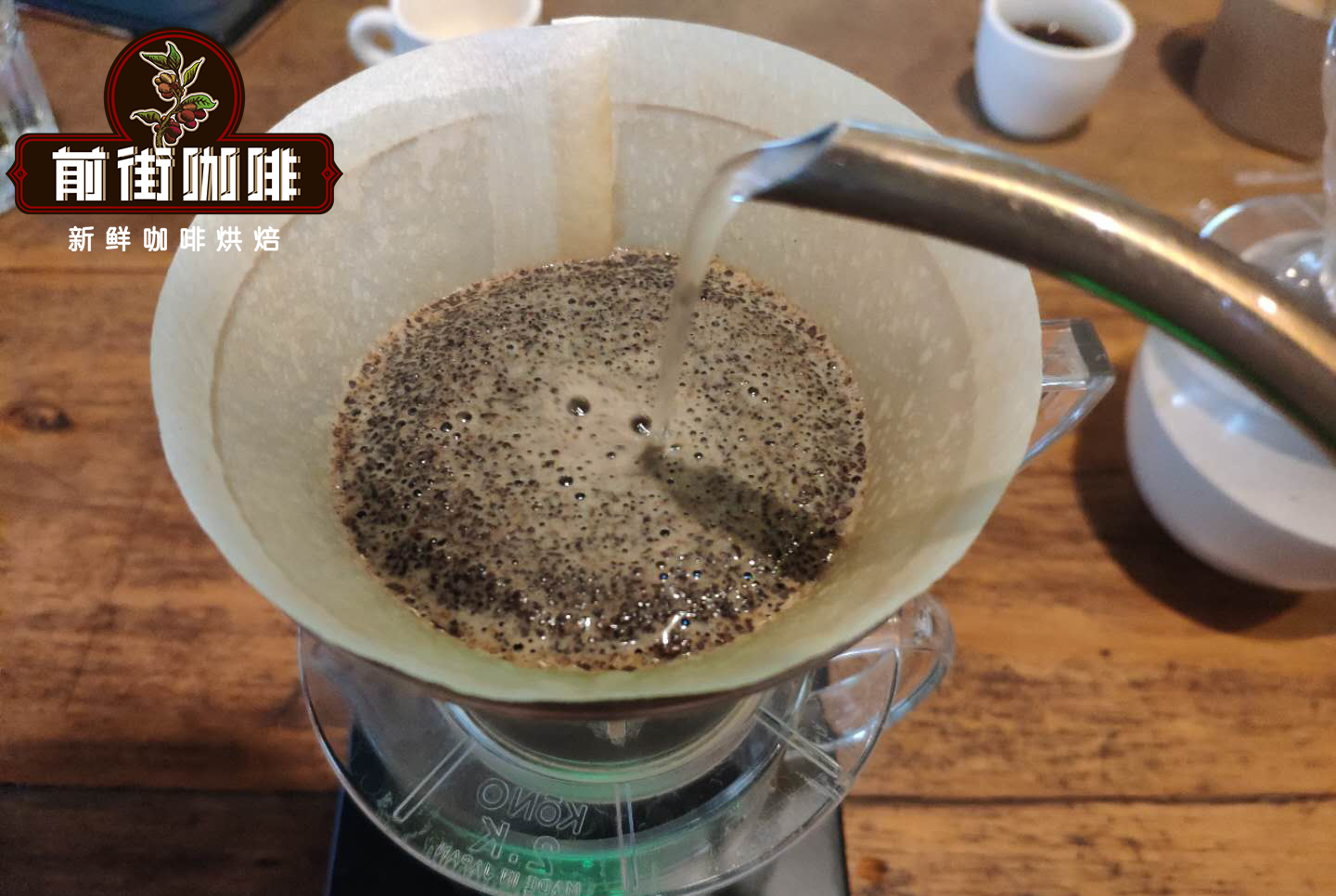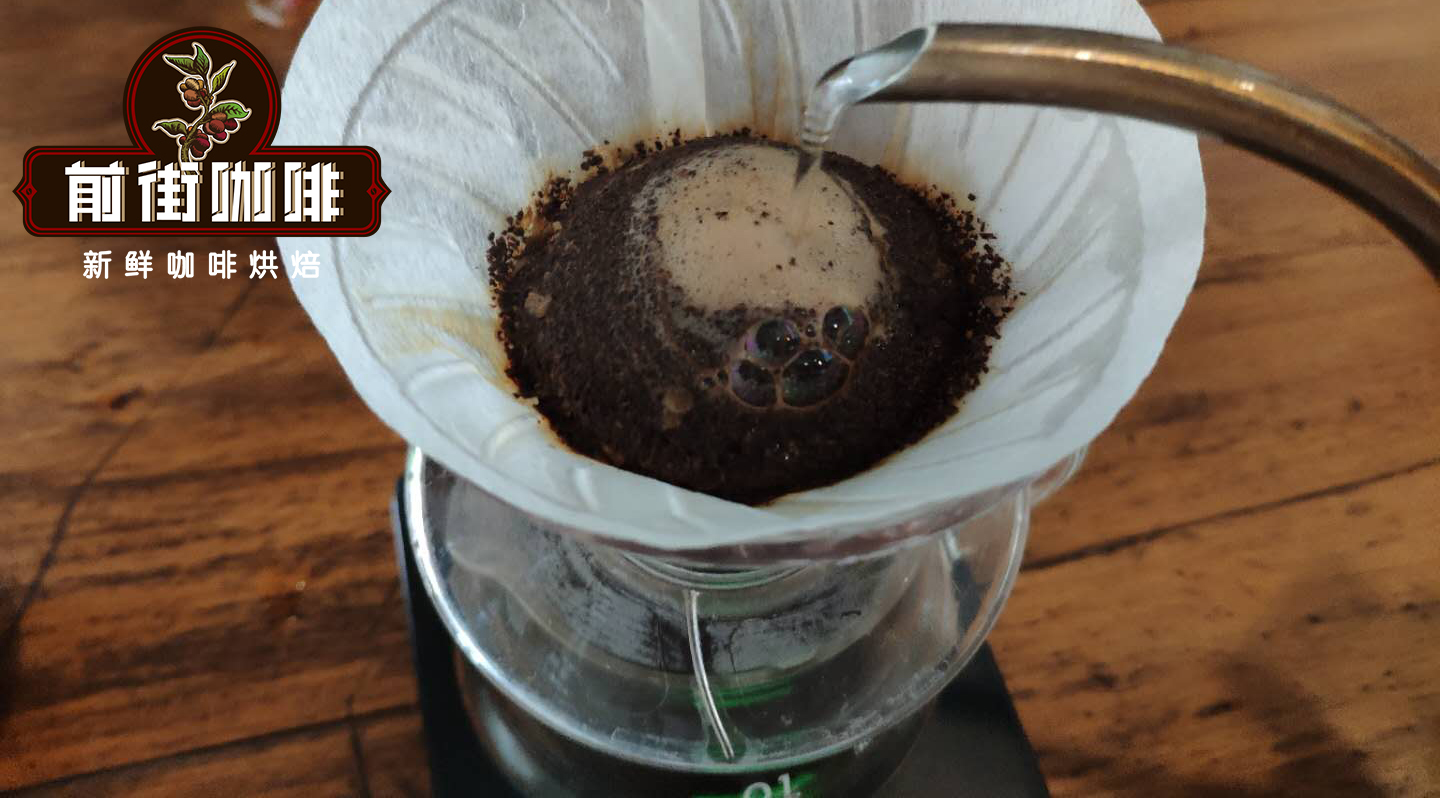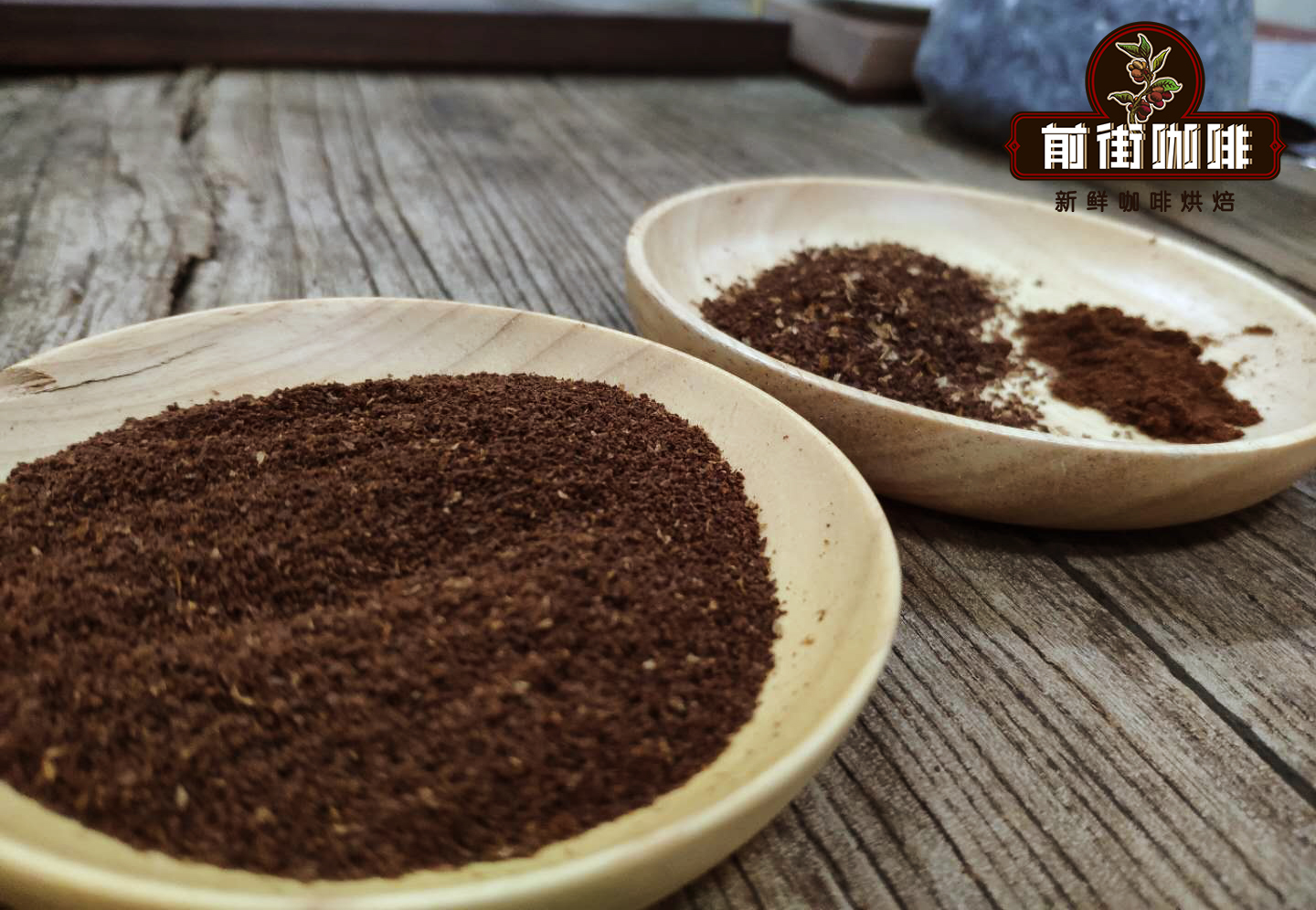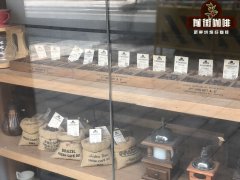What details should you pay attention to when grinding coffee? What is the grindness of hand-brewed coffee?

Coffee tastes good because coffee beans contain thousands of chemicals that stimulate smell and taste, enter the air and run into your nose; dissolve into the water and crash into your taste buds.
From a scientific point of view, the process of brewing a cup of coffee is a way of "extraction". There are several factors in this process that affect the result of extraction, that is, whether a cup of coffee tastes good or not. It will be affected by "raw material", "contact area (surface area)", "temperature" and "time".
The raw materials of hand-brewed coffee
First of all, let's talk about raw materials. In the part of raw materials needed for extraction, we mainly summarized "coffee bean variety", "baking degree", "freshness" and "boiling water quality".
The variety and roasting of coffee are easy to understand. Most boutique coffee uses Arabica beans (Arabica) because it has more aroma and taste chemicals in it. Roasting converts the substances in coffee raw beans into more chemicals that bring aroma and taste. The soothing stage after baking has the same meaning, making some delicious changes in the chemicals. If there is no certain chemical in the coffee beans, it is certainly impossible to extract them into the cup. Good coffee beans take you to heaven. That's what it means.
And the freshness of coffee beans will also affect his composition of substances, good preservation conditions, fresh and baked after drinking in a certain period of time, will help to taste a cup of delicious coffee.
Since brewing coffee is the chemical action of coffee beans (powder) and hot water, of course, the quality of water also has a place, generally said that the water quality contains a certain amount of minerals, that is, the so-called hard water, the coffee flavor will be more rich.

Contact area of reaction
Roughly speaking, everything in the universe is made up of atoms, and coffee is no exception, and the collision between atoms is the basis of various chemical reactions. The higher the probability of collision, the higher the probability of reaction. So when we grind the same weight of coffee into a finer powder, the reaction will have more contact area!
At the same water temperature and brewing method, the finer the powder is, the more coffee substance is extracted; the coarser the powder is, the less it is.
Another thing is that the coffee bean itself is not a uniform substance, and the chemicals are different from the outermost layer to the innermost layer. the finer the coffee is ground, the more likely it is to be extracted, which will also affect the taste.
Contact time
Under the same conditions, the longer the contact between water and coffee powder, the more coffee substances are extracted. This part is easy to understand, but discussing this idea with other links will begin to become more complicated.
When the coffee powder is thicker, the water flow is easier to pass through, and the residence time is shorter, so the extraction is less; the finer the coffee powder is, the easier it is to block the water between the coffee powder and the filter paper, and the contact time is longer, and the extraction is more.
The amount of water flow during hand flushing and the way of flushing the water column will also affect the time for the water to stay on the filter paper. "cut off water" will increase the contact time, the more times the water is cut off, the higher the extraction.

Reaction temperature
Temperature will affect the degree of vibration of atoms and molecules, and the degree of vibration will affect the probability of the reaction and the energy threshold of the reaction. To put it bluntly, the hotter the water, the more extraction reactions can take place. Another thing is that the substances extracted at different temperatures may be different. Generally speaking, the higher the temperature, the more bitter the extraction; the lower the temperature, the less the extraction and the more acid.
Generally speaking, we would recommend using 92 degrees Celsius water to make coffee, but the water temperature will certainly drop during brewing, so some people will buy temperature-controlled pots, depending on how particular everyone is.
Extraction rate and concentration of brewing coffee
When we talk about the "extraction rate", we are talking about how much of the coffee powder has been taken away by water.
Assuming that the dried coffee powder was originally 20 grams, after brewing, drying and deducting the weight of the filter paper, leaving 17 grams, then we would say that the extraction rate is (20-17) / 20 = 15%.
No matter how much water you use to extract, it is so much taken away from the coffee powder.
And when we talk about concentration, it refers to the amount of coffee substances other than water in this mixed solution when we brew a cup of coffee. For example, if we take 200cc (about 200g) and pour out 202g of coffee, the concentration is (2020200) / 202 = 0.99%, which is about 1%.
It doesn't matter how much coffee powder you use, we focus on how much coffee you brew.
The extraction rate and concentration are independent by definition, but they are related in practice because your concentration is affected by the coffee powder extracted. But remember that the above definition does not represent the actual situation, the actual situation is that a lot of water will remain on the filter paper.
Speaking of which, we also made a cup of coffee. Tasting boutique coffee is also a dance of temperature, time, taste buds and smell. As the temperature decreases over time, the sour taste will become more obvious, and the aroma will change. This is the most interesting part of boutique coffee.
Important Notice :
前街咖啡 FrontStreet Coffee has moved to new addredd:
FrontStreet Coffee Address: 315,Donghua East Road,GuangZhou
Tel:020 38364473
- Prev

South Minas Coffee producing area of Brazilian Fine Coffee-- Flavor characteristics of half-sun Brazilian Red bourbon Coffee beans
Professional coffee knowledge exchange more coffee bean information Please follow the coffee workshop (Wechat official account cafe_style) Brazilian coffee has always been loved by coffee lovers for its mellow acidity and nutty cocoa aroma. In the Qianjie coffee rations bean series, there is a Brazilian coffee bean, which has obvious chocolate nuts, mellow and moderate, and is for friends who don't like sour coffee.
- Next

Characteristics of coffee bean flavor in Guatemala boutique coffee producing area-Vivetnam fruit producing area
For more information on coffee beans, please follow the Coffee Workshop (Wechat official account cafe_style) Guatemala borders Mexico to the north, Honduras and El Salvador to the south, the Caribbean to the east and the Pacific Ocean to the west, enjoying tropical rain forests, volcanic geology, plateau valleys and ever-changing microclimate. Among the Guatemalan coffee beans on the front street
Related
- Beginners will see the "Coffee pull flower" guide!
- What is the difference between ice blog purified milk and ordinary milk coffee?
- Why is the Philippines the largest producer of crops in Liberia?
- For coffee extraction, should the fine powder be retained?
- How does extracted espresso fill pressed powder? How much strength does it take to press the powder?
- How to make jasmine cold extract coffee? Is the jasmine + latte good?
- Will this little toy really make the coffee taste better? How does Lily Drip affect coffee extraction?
- Will the action of slapping the filter cup also affect coffee extraction?
- What's the difference between powder-to-water ratio and powder-to-liquid ratio?
- What is the Ethiopian local species? What does it have to do with Heirloom native species?

